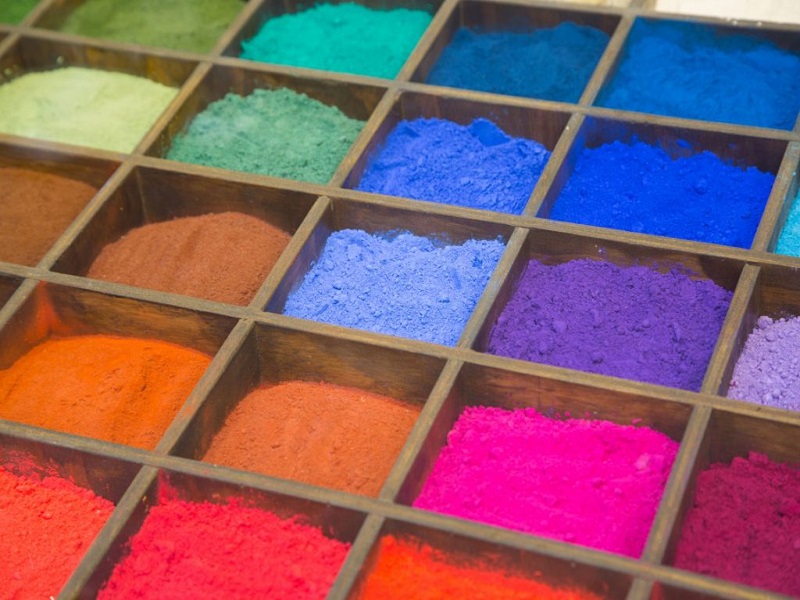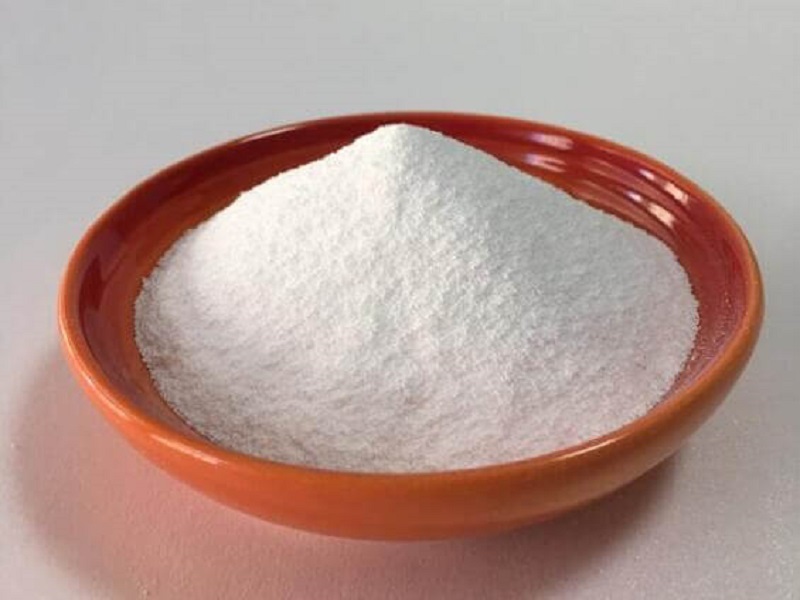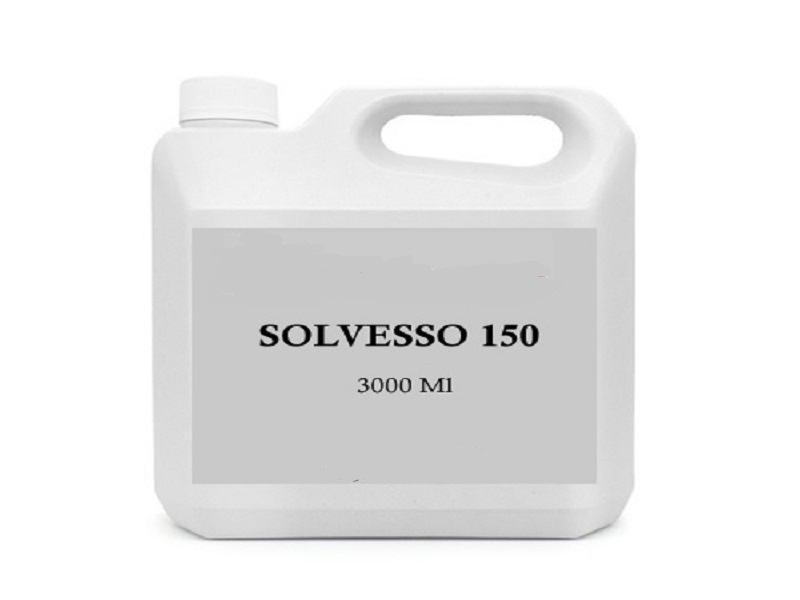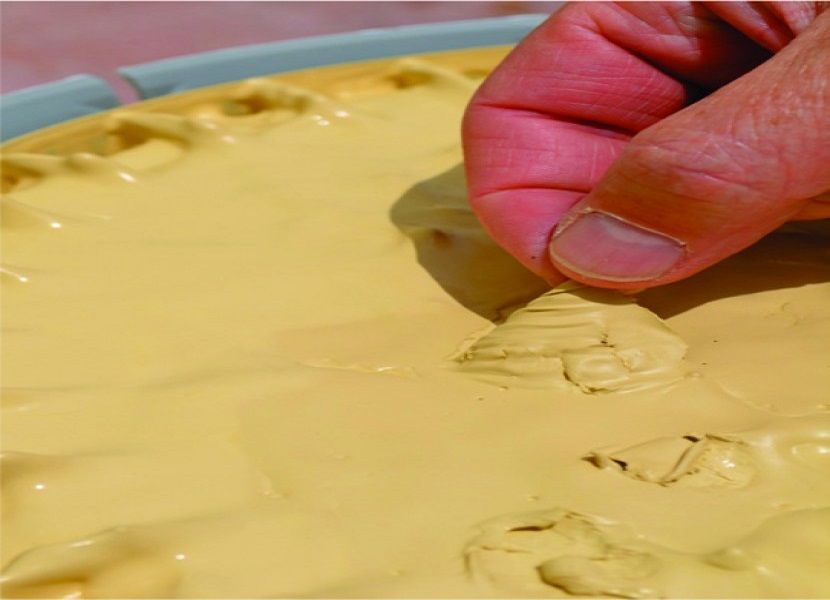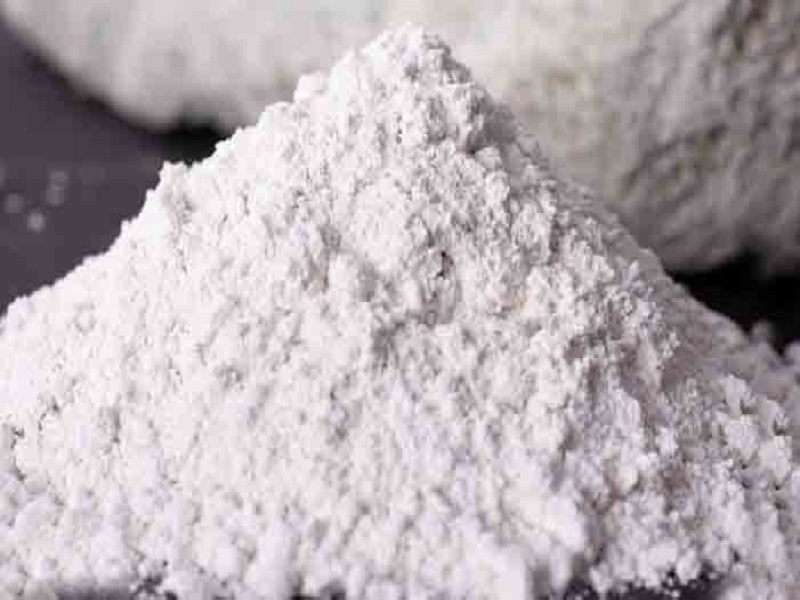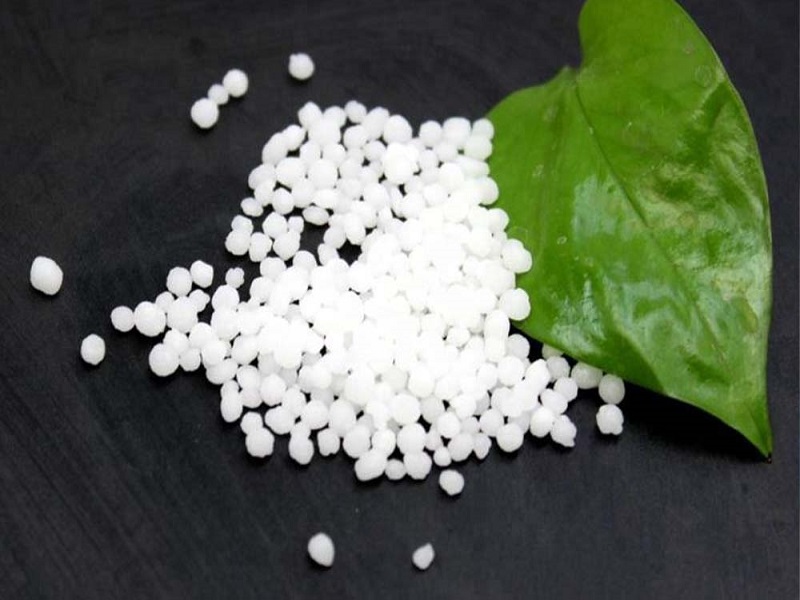Product quality guarantee
Guarantee the authenticity of the goods
Send nationwide
Possibility of payment on the spot
Responsive support
Introduction and general information pigment
Pigment
Definition:
Pigment consists of ornamental solid materials in different shapes and sizes in black-and-white and colored which is produced and used in related suspended solvents. It is vastly used in coating, coloring and in-air dispersion. The application of pigment in coloring industry is significant such as making colors, coat, gloss, rigidity, resistance, protection, viscosity and more. Pigment produces its own color, for instance green pigment produces green color this happens when pigment randomly absorb and emit wavelengths of visible light.
There are two kinds of pigment: 1.Organic (colored) 2.Inorganic (natural and artificial)
Natural inorganic pigment is extracted from the earth crust, smashed, washed and categorized based on size. There is artificial alternative for this natural pigment too. White pigment is the natural and inorganic pigment. Artificial inorganic and colored pigment looks like green cream and red lead.
Organic pigment is more abundant than inorganic pigment. Some of the newest pigments have organic metal-structure. Most of the organic pigments are organic chemicals precipitated on an inorganic nucleus of aluminum hydroxide. Organic pigment (as used in industry nowadays) is not found in nature, but synthesized. Phthalocyanine group is the most significant organic pigment which involves color spectrum of green and blue. Copper phthalocyanine is the blue pigment bearing proper resistancy properties against various factors.
A shiny and sorbent film in different tones of color is made of organic pigment not inorganic one. The purest pigment is the white titanium dioxide and the darkest pigment is the black carbon, both belong to inorganic pigment. In contrast organic pigment is not available in black and white. A small group of organic pigments are stable in higher temperature of 300°C, other organic pigments likely to be melted and collapsed over this temperature, conversely inorganic pigments remain stable. The lightest colors can be produced only by organic pigment.
The most important factors to consider for choosing a proper pigment are as follows:
- Chemical nature
- Crystal structure
- Form of particles
- Size and distribution of particles
- Break factor
- Diffusion properties
- Coloring and other properties of color film
- Resistance to different climate and light exposure
- Resistance to acids and bases
- Resistance to heat
- And other resistancy and durability factors
Applications of Pigment:
this material is used in industries related to plastic, ink, printing ink, lac, oil-based paint, water-based paint, varnish, celluloid paint, paper coloring, ferric installation, food and coating. Nowadays the importance of coating is noticeable to be used on surfaces of metalwork, woodwork and vehicles, because painting protects these facilities from air, humidity and chemical compositions, also it helps substances to look magnificent. Durability and stability of paint are the unique properties of a pigment used in industry and art.
Types of pigments
- White Pigment
Lead, zinc, titanium look completely white when their minerals reflect all radiated visible wavelengths. Lead basic carbonate and zinc oxide are the only types of white pigment that react with acids in some resins, but the other types are ineffective. Whit pigment film, except zinc oxide, on outer surfaces turns into yellow in a long run. Thus using 10% of zinc oxide besides other types of white this material with the capacity of sunray absorption not only protects film from yellowing, but also from decay. Lead basic carbonate is used as a stabilizer.
- Zinc Oxide
Advantage of using this material is to protect film from mildew, yellowing, gypsum absorption and film erosion. Disadvantage of its overuse in making paint is to reduce the resistance of film to the water. The other drawback regarding zinc oxide this material is when exposed with humid air saturated in SO2 changes to zinc sulfate which results in film welding and removing paint in layers from outer surfaces. Zinc oxide turns to yellow in heat but not in the cold.
- Lithopone
It consists of 29% zinc sulfide and 71% barium sulfate. It is sensitive to sunlight and turns to black; although, he problem can be solved by adding approximately 15% cobalt salt. Lithopone, besides TiO2, is cheap and has beneficial side effects such as well brushing, better constancy and unique shininess.
- Antimony Oxide
Nowadays it is used in producing fireproof paint or used for delaying heat.
- Titanium Oxide
There are two types of this material: 1.Rutile 2.Anatase. Rutile type has 20-30% more coating power than Anatase type. Although Anatase is whiter, it is not recommended for outer use due to its plastering nature. For its detection, make a small amount of Anatase wet with sulfuric acid, then add some drops of nitrogen peroxide, as a result it turns to orange or orangish yellow.
- Extenders
This inorganic white pigment has no value for coating purposes, because its break factor is very low. It is used for decreasing the price, matting preservation, prevention from precipitation and viscosity adjustment. Extenders (fillers) with higher oil absorption capacity (such as carbonates, silicates and sulfates) may be used for increasing paint viscosity.
- Calcium Carbonate (white chalk)
Because this filler is roughly base, it shouldn’t be used with acid resins and colored pigments such as green cream and orange molybdenum which are very sensitive to bases.
- Barium Sulfate (Barite / Blanc Fixe)
Due to heaviness and low oil absorption it precipitates quickly in paint. To prevent precipitation you can use anti-precipitation materials like aluminum stearate. Its natural form, known as barite, has low oil absorption, thus it is effective for filling purposes which is used for increasing pigment to binders in matt, semi-matt and traffic paints with no increase in viscosity. It is also effective for maintaining the gloss of sanding and also resistant chemical paints. Artificial or sedimentary type of this pigment is called Blanc Fixe. Barium ion of this filler has stabilizing role in vinyl resins.
- Talc Pigment (Magnesium Silicate)
It is often used for coating outer surfaces, and it is neutral to acids and bases. It is easily soaked in resins, thus there’s no need for grinding. It is also effective for sanding and making paints matt. Needle-shape particles of this pigment are easily precipitated and dispersed quickly to give films proper viscosity and solidity, that’s why it is used in traffic paints. It is not recommended to be used in white color. Due to its resistance to friction, it darkens white color.
- Aluminum Silicate Pigment (Kaolin \ China Clay)
this material is being quickly moistened with water to produce emulsion and water-based paints to make brushing smooth and even. It is also neutral to water. Chemical formula of the material is Al2SiO5 which is widely used in:
- Coloring and Coating Industry
- Tire Industry
- Foundry Industry
- Pesticide and Fertilizer Industry
- Masterbatch and PVC Pipe Industry
- Paper Industry
- Textile Industry
- Aluminum and Potassium Silicate-Based Pigment (Mica Powder)
This pistachio green and dark grey this material increases viscosity and facilitates better brushing in water-based paint and controls plastering and erosion in oil-based paint. The significant role of Mica is to facilitate precipitated this material to diffuse quickly when mixed for use. It can also be used to reduce the price of alumni paint only if it does not have bad influence on form of the lifting. But its use in heatproof and fireproof paints is a must.
- Silica Pigment
It is used in traffic, floor epoxy and resistant-to-abrasion paints.
- Natural Silica: Due to bad diffusion and low oil absorption it is used limitedly. It is used for producing polish and paints used for house floors and ship deck because of its abrasion resistance.
- Diatom Type: Due to high oil absorption capacity it is used in matt and semi-matt paints. It is also used in plastic paints and heat insulators. Due to its shape, it is not suitable to be used in water-resistant paints and chemicals, on the contrary, it is suitable for producing permeable and diffusible paints, and it also prevents cracking in the film.
- Natural Silica: It is insoluble in water and resistant to many chemicals. It has a high opacity and oil absorption power, and in unsaturated polyester paints, it prevents the paint from trickling. This filler is widely used in lac and matt varnishes for wood and polishing compounds.
- Refractory Cotton Pigment (Asbestos): This filler is made of mineral silicates in which the composition varies from simple magnesium silicates to magnesium, iron and sodium silica complexes, which are used as wool fibers with high oil absorption power in thermal insulation paints and asphalt roof paints.
- Aluminum Stearate Pigment: It is used as a lubricant and diffuser substance. Due to its strong tendency to gel resins, it should be used only in small amounts, roughly about 25% of the total weight of the used pigment. Regarding the use of putty, it prevents resins from blading and separation from the pigment. The other uses of this pigment are water repellency and viscosity increase and anti-sedimentation. It is also used as an anti-foam in drilling oil wells.
- Calcium Silicate Pigment: Due to its medium oil absorption capacity, it can be used as a buffer in producing latex paints, also it increases the coating power in most water-soluble paints. Artificial type of this material can also be used as a matting material.

